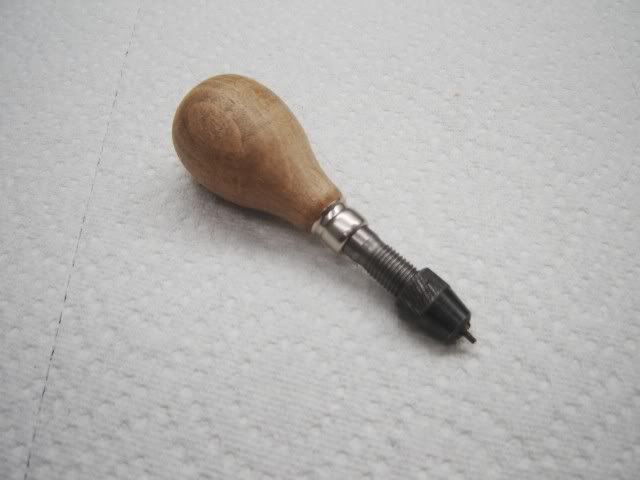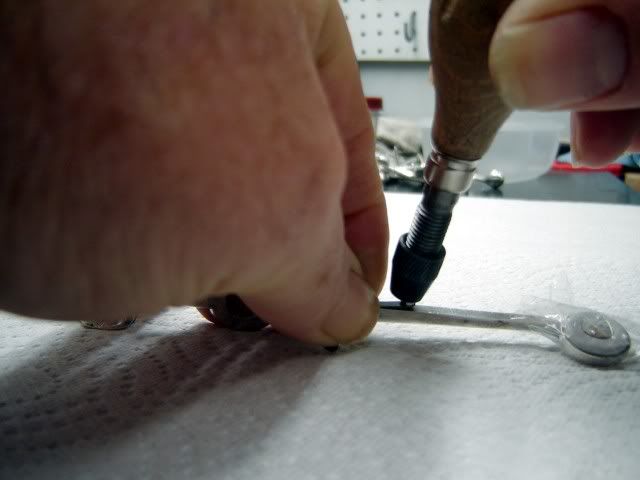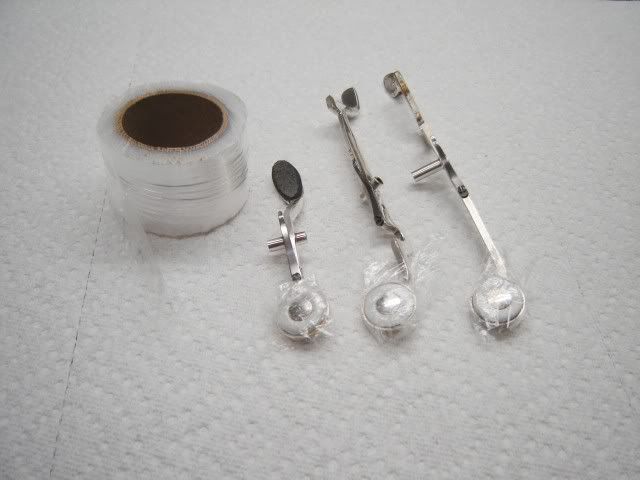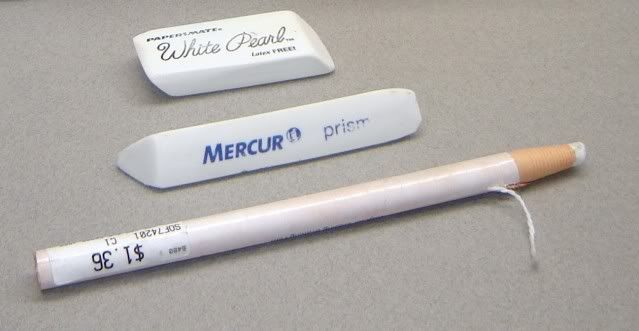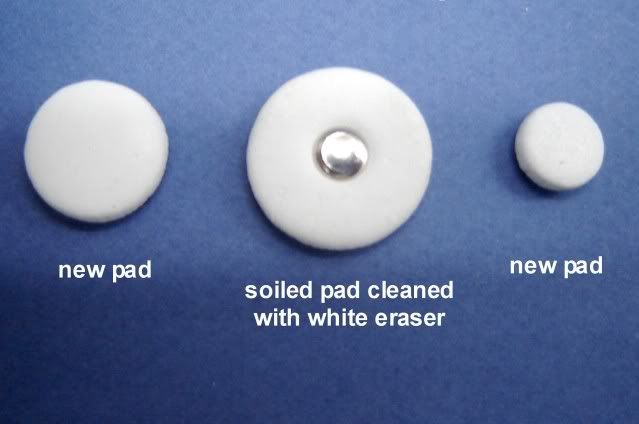I thought it would be a good idea to start a thread where both professional and amateur repair techs could share some of the easy to use tricks and techniques that they have found work for them.
A couple of mine to begin with:
1) Wrap the threads of your sax neck adjusting screw (going the opposite direction you tighten) with plumber's teflon tape. It makes a big difference in the feel and effectiveness of the screw. Important: the neck fit should be snug even when the screw is loose. If it is not take it to a competent tech to have the tenon refit.
(2) If your adjustable sax thumb rest will no longer stay in place even when the screw is tightened all the way, remove the thumb rest and use contact cement to glue a sheet of 400 grit sandpaper (face down) on the bottom. When set, trim with a razor blade or exacto knife and reinstall. The added friction will keep it in place where you want it.
John
A couple of mine to begin with:
1) Wrap the threads of your sax neck adjusting screw (going the opposite direction you tighten) with plumber's teflon tape. It makes a big difference in the feel and effectiveness of the screw. Important: the neck fit should be snug even when the screw is loose. If it is not take it to a competent tech to have the tenon refit.
(2) If your adjustable sax thumb rest will no longer stay in place even when the screw is tightened all the way, remove the thumb rest and use contact cement to glue a sheet of 400 grit sandpaper (face down) on the bottom. When set, trim with a razor blade or exacto knife and reinstall. The added friction will keep it in place where you want it.
John

